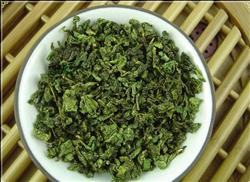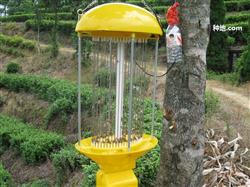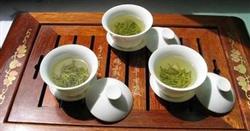How to identify tea?

How to identify tea? Please introduce
There are many types of tea, mainly divided into six categories: red, green, yellow, white, black and oolong. After choosing good tea, consumers should pay attention to distinguish the quality of tea, which can be distinguished from the shape, color and aroma of dry tea. Conditions can also be brewed, smell its aroma, taste its taste, observe its soup color and tea residue tenderness, color and so on. ⑴ color. Including the appearance of the color and soup color. The appearance of the new tea is dry, hard and loose, the color is fresh, and it is generally tender green. Lao Chen's tea is tight and soft. When choosing and buying tea, the appearance color should be pure and lustrous, miscellaneous and dark. The soup color of tea is bright and clear, dark and dark. ⑵ incense. Good quality tea, generally pure fragrance, soak people's heart. If the fragrance of tea is light or there is no fragrance at all, or if there is a peculiar smell, it is not good tea. Such as jasmine tea is a favorite of many consumers, this kind of tea has a strong fragrance of jasmine. If there is no such aroma or other smell, it means that the quality of the jasmine tea is poor. ⑶. It means the taste of tea. The new tea soup color is clear and the aroma is sufficient, while the old tea soup color becomes brown and the flavor is poor. As far as green tea and black tea are concerned, the taste of good quality green tea is slightly bitter and sweet after drinking, and the longer the aftertaste, the stronger the aftertaste. If the bitter and astringent taste is heavy, the sweet taste is less than the second tea. Black tea tastes sweet and refreshing, followed by bitterness. ⑷ shape. Refers to the shape of tea. All kinds of famous teas have their own appearance characteristics and various forms. Different varieties have different identification methods: some varieties depend on the number of its hairs, the more is excellent, the less is bad; some varieties depend on its loose and tight rope, the tight one is good, and the loose one is poor. The shape of high-quality tea should be uniform and contain less broken tea and impurities.
Click to get more tea planting techniques click to get more flower planting techniques
- Prev

How to prevent pests from pollution-free tea?
How to prevent pests from pollution-free tea? Please guide the methods of non-pollution pest control of tea: first, intercropping other tree species in the remaining corner of the slope around the tea garden, properly planting some trees such as ginkgo biloba and persimmon (planting Eucalyptus grandis is strictly forbidden), improve the microclimate of the tea garden, increase biodiversity, and reduce the occurrence of tea plant diseases and pests. Plant per mu.
- Next

What are the ingredients of tea?
What are the ingredients of tea? Please introduce that tea has the following ingredients: catechin: commonly known as' tea tannin', is a unique ingredient of tea, with bitter, astringent and astringent taste. Caffeine: it has a bitter taste and is an important ingredient in the taste of tea. Minerals: tea is rich in potassium, calcium, magnesium, manganese and other 11 kinds of minerals. Tea.
Related
- Fuxing push coffee new agricultural production and marketing class: lack of small-scale processing plants
- Jujube rice field leisure farm deep ploughing Yilan for five years to create a space for organic food and play
- Nongyu Farm-A trial of organic papaya for brave women with advanced technology
- Four points for attention in the prevention and control of diseases and insect pests of edible fungi
- How to add nutrient solution to Edible Fungi
- Is there any good way to control edible fungus mites?
- Open Inoculation Technology of Edible Fungi
- Is there any clever way to use fertilizer for edible fungus in winter?
- What agents are used to kill the pathogens of edible fungi in the mushroom shed?
- Rapid drying of Edible Fungi

